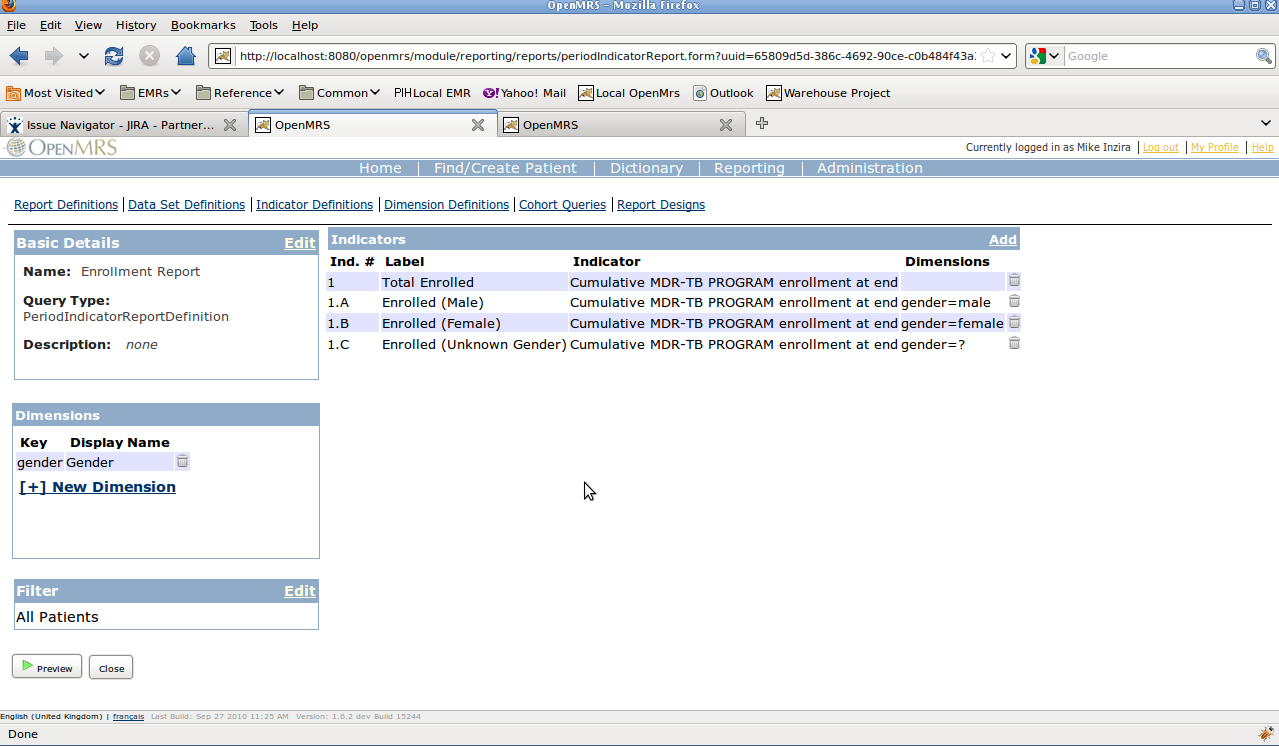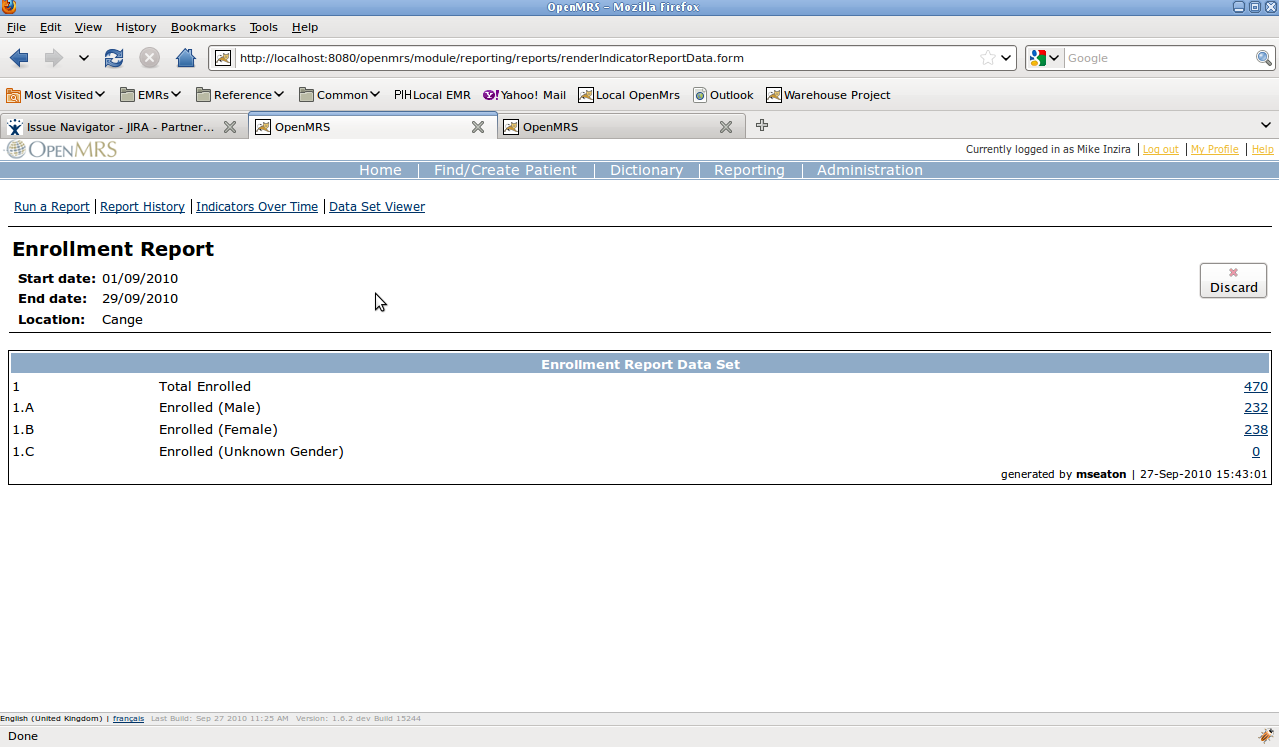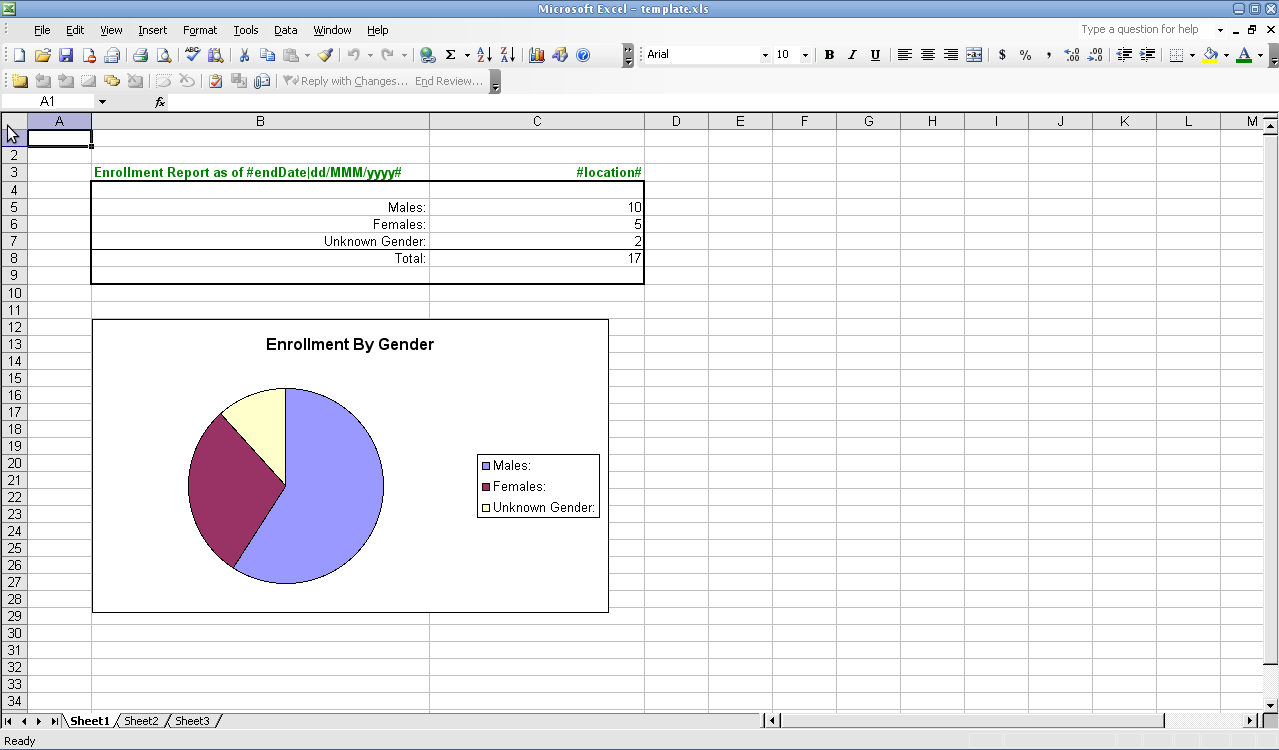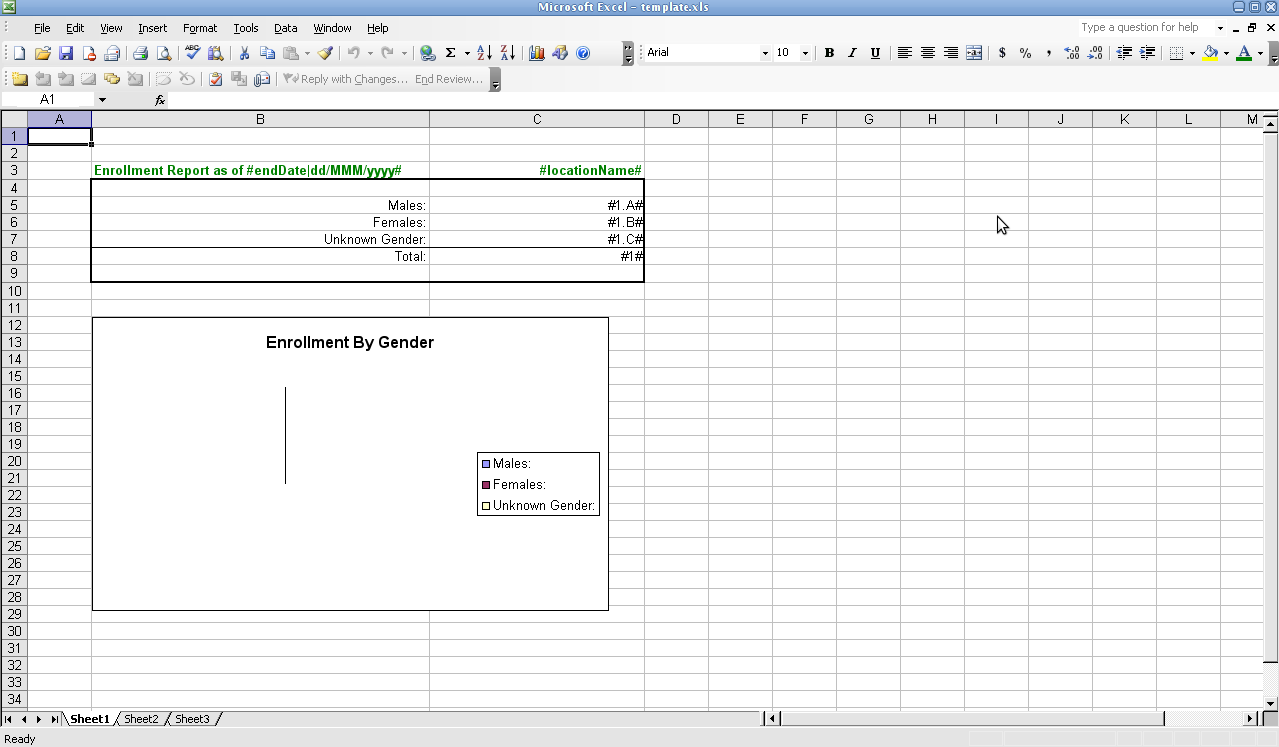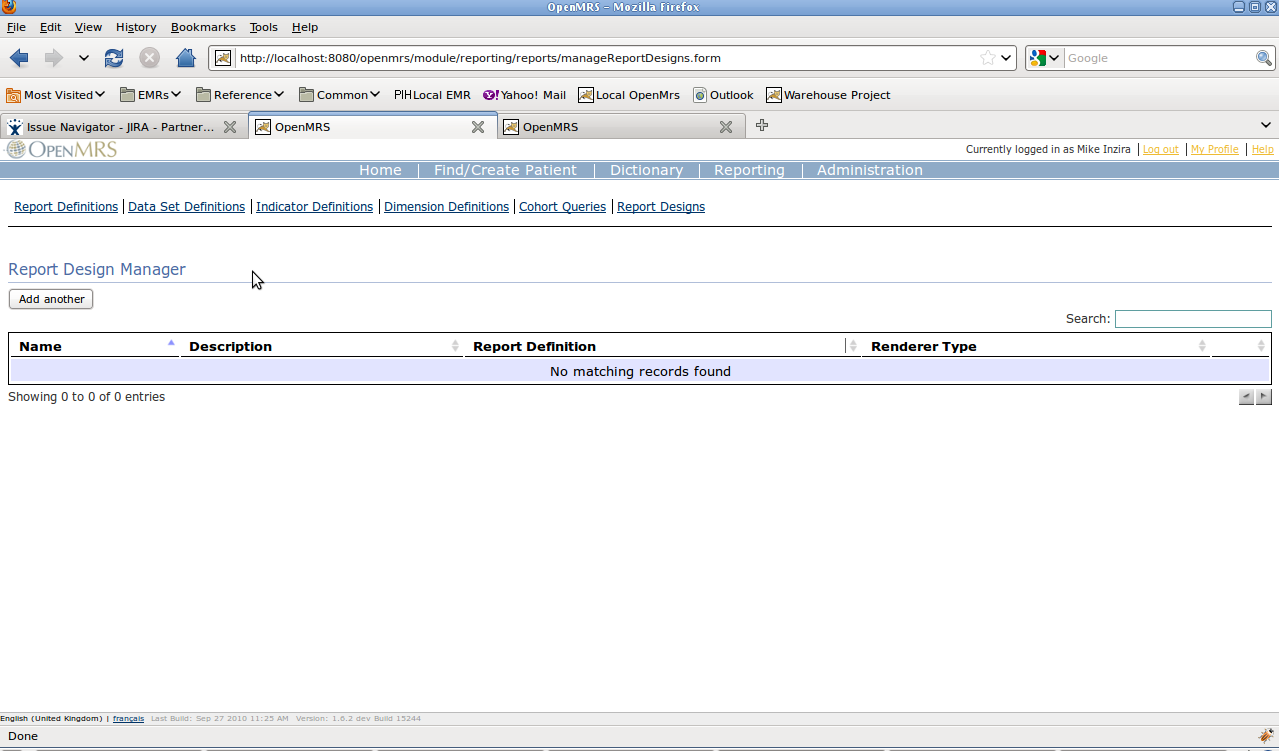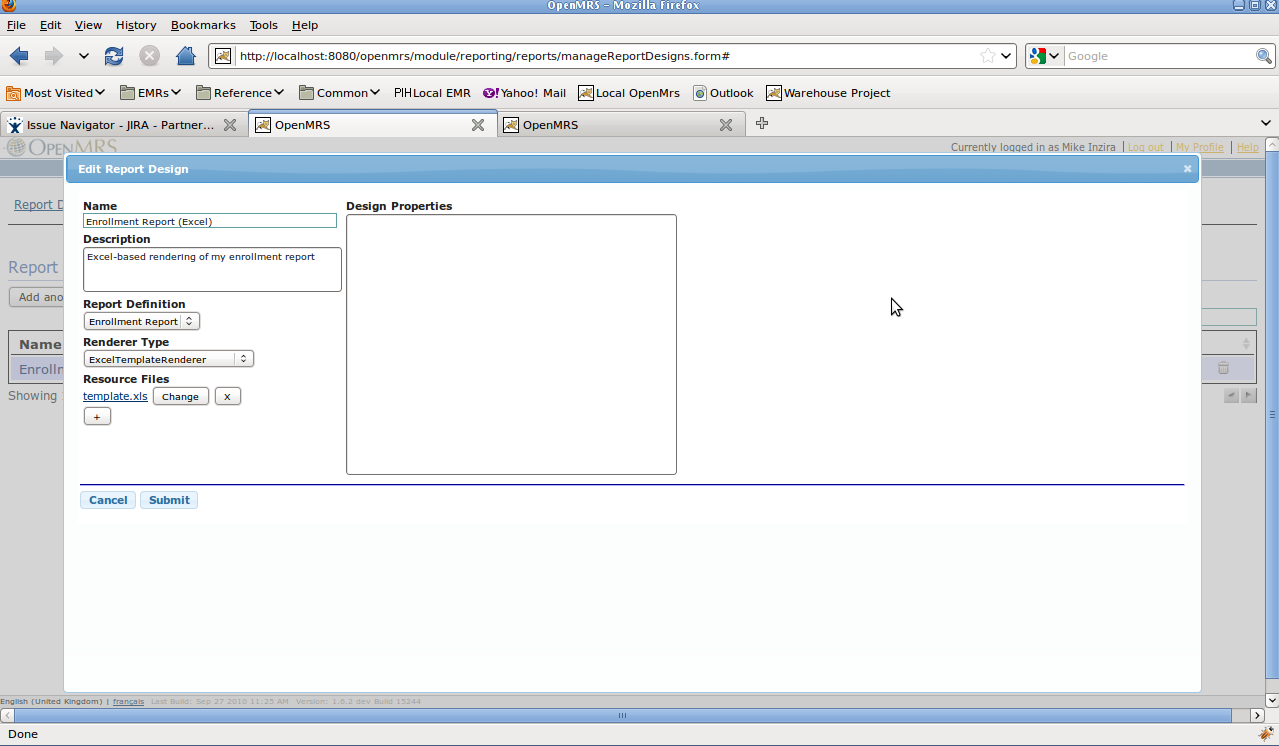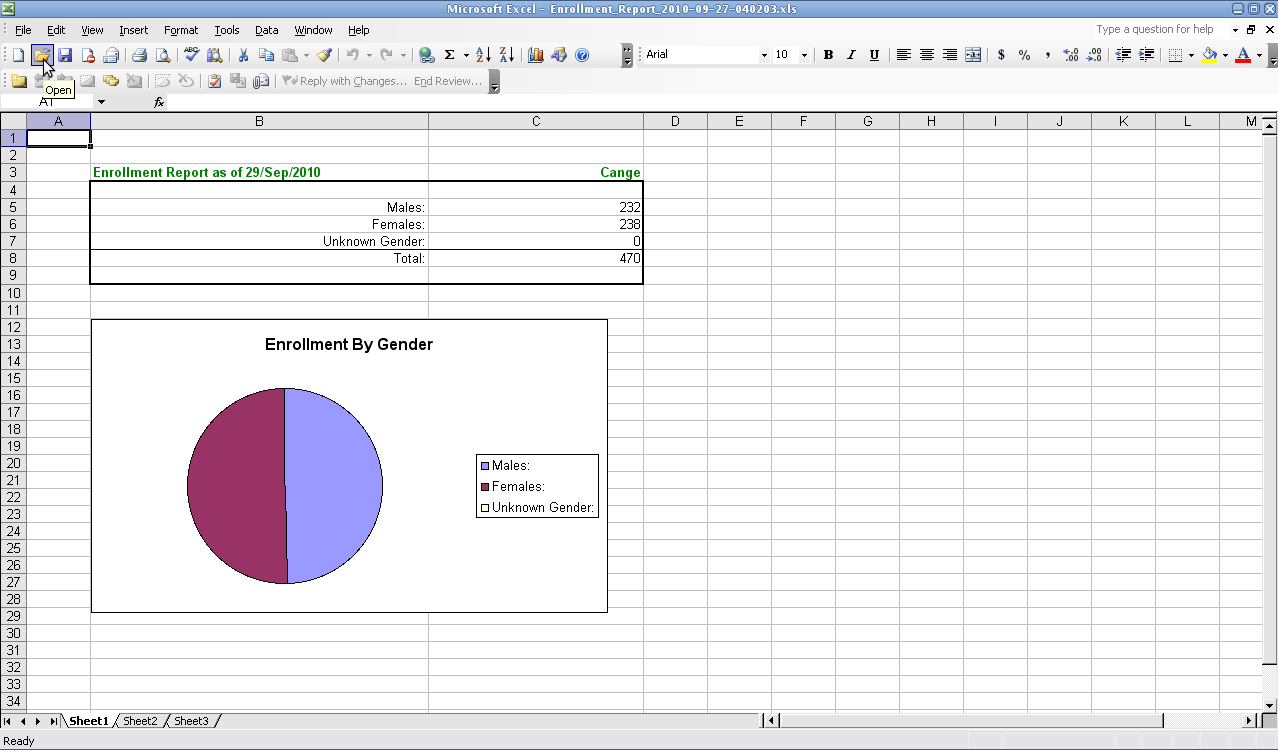...
The following screen shots are as a guide through the process. The following example uses a Period Indicator Report.
1. Define your Period Indicator Report. Make note of the numbers that you give to each indicator in the report. To the right, you will see that we have created a sample report with indicators numbered 1, 1.A, 1.B, and 1.C. Running this report with the default "Indicator Web Report" view, confirms that this report runs and produces correct numbers for each of our our numbered indicators. |
|
|
2. Once you have configured your report, and know the names of each of your parameters and numbers of each of your indicators, you can build the Excel-based template. This involves a couple of steps. In the first image to the right, we have used sample numbers to create the report in Excel in exactly the format in which we want it to appear. We incorporate fonts, colors, borders, calculations, and even graphs which are calculated off our or indicator numbers when generated. |
|
3. Next, we replace each of the numbers which need to be produced by the report with references to our indicator numbers. These are referenced by #1#, #1.A#, #1.B#, and #1.C#. You will see that we can also refer to our parameters - in this case #parameter.endDate|dd/MMM/yyyy# means to display the value of the endDate parameter in a dd/MMM/yyyy format. #parameter.location# means to display the value of the location parameter (*see below for full list of available replacement values*). Note that the graph doesn't look so nice in this view - since we took away the sample numbers that it is based on, and replaced these with the indicator references, the graph breaks. This is not a problem - it will generate correctly when run. Save the excel file as xls (not xlsx). |
|
4. In the Report Designs page, click on "Add Another" and you will get a dialog pop-up which will enable you to upload your design as seen in the first image to the right. The fields should be completed as follows:
| | |
5. Return to the "Run a Report" page, and choose the report that you just created. You should now see the . Choose the newly created report. The Excel template that you just was uploaded is available in the list of "Output Formats". Running the report and choosing this format should produce an Excel Report output like the one shown to the right. |
| |
...
